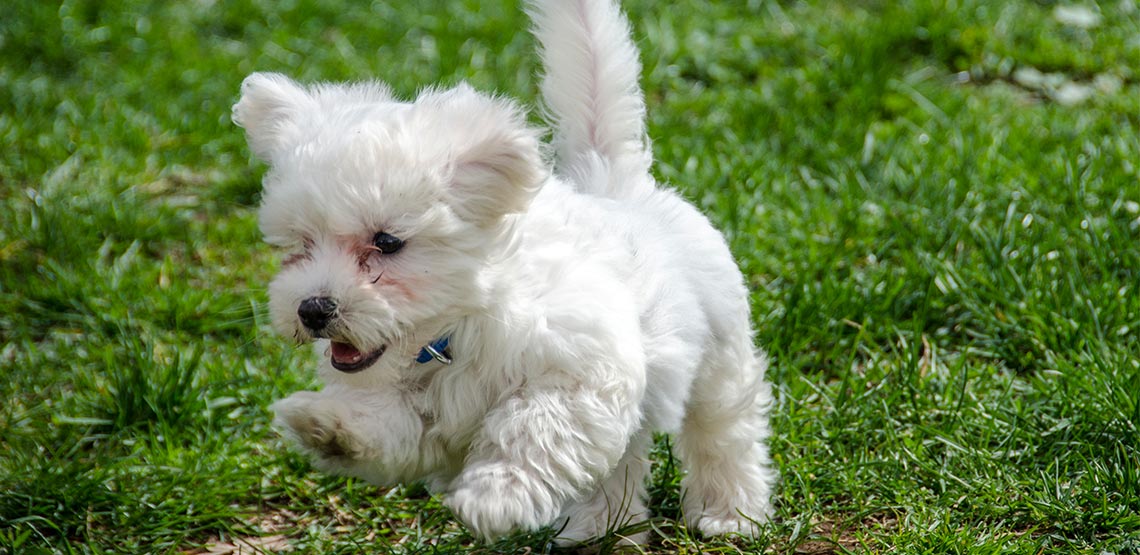A complete guide to Maltese dogs
The Maltese is considered a kind of aristocrat in the pet world, having long been bred for show and companionship. Heartbreakingly adorable and irresistibly cuddly, regular and teacup breeds are nimble, sturdy and spirited.
Appearance
Height: The puppies generally grow to an adult height of 8 to 10 inches. The teacup breed is about the height of an average human adult's hand.
Weight: Full-sized poodles types don't normally weigh more than 1 pound per inch of height. The same holds true of the teacup Maltese.
Coat: These dogs are famous for their shimmering, silky white coats. Some owners prefer to keep the coat short; others let it grow long. Either way, American Kennel Club and Maltese breeder standards dictate that only a white or ivory coat is acceptable.
Ears and Eyes: The eyes of a Maltese puppy should be round and very dark in color. This breed's feathered, low-set ears ought to hang down close to the head.
Tail: The tail of this dog should drape over its back and feature thick, bushy white hair.
Disposition
Despite their tiny size, teacup breeds and full-sized poodle cousins display a high degree of courage. They love attention and frolicking, much like the cocker spaniel, but can be taught a wider range of tricks than most dogs. This breed gets along very well with other pets and shows a great deal of love and affection for its human companions.
AKC Group: Toy
Related Search Topics (Ads):
Training: A Maltese puppy can be very hard to housebreak. It's vital to avoid the so-called "small dog syndrome," in which the owner spoils the dog to the point that the dog believes itself to be the pack leader. This will lead to a wide range of behavioral issues that may be very difficult or even impossible to correct once the dog matures into adulthood.
Ideal Environment: These dogs were bred to be spoiled, and do very well in urban, indoor settings. They remain active when indoors and can make do without a backyard to play in. These dogs also dislike hot weather and damp environments.
Health and Care
Feeding: A puppy that gets used to eating table scraps is likely to become a finicky eater in adulthood. Try to avoid feeding Maltese dogs "people food."
Grooming: Maltese breeders consider these dogs high maintenance in terms of grooming, especially if a long coat is preferred. They require regular, if not daily, brushing. Professional manicuring is recommended for Maltese dogs with long fur.
Exercise: A half-hour walk once a day should suffice for an average Maltese dog. They are great apartment pets and tend to get enough exercise for their small statures by playing indoors.
Health Problems: A Maltese puppy or adult can easily get sunburned along its hair parting. Skin and respiratory problems are relatively common. Also, as the dog ages, regular veterinary care is needed to detect frequently occurring problems like canine cancer and canine arthritis.
Average Lifespan: A Maltese poodle enjoys one of the longest life expectancies of any dog breed, averaging 15 to 18 years.
Find Maltese Puppies for Sale
Beyond checking Maltese rescue resources online or in the local area, prospective owners can find Maltese puppies for sale through dog breeders. The price of a puppy can be prohibitively high, generally ranging between $800 and $1,500, so Maltese rescue centers make excellent alternatives for cost-conscious prospective owners. Avoid dealing with puppy mills – these farms subject animals to abhorrent living conditions and tend not to take proper care of their puppies.
